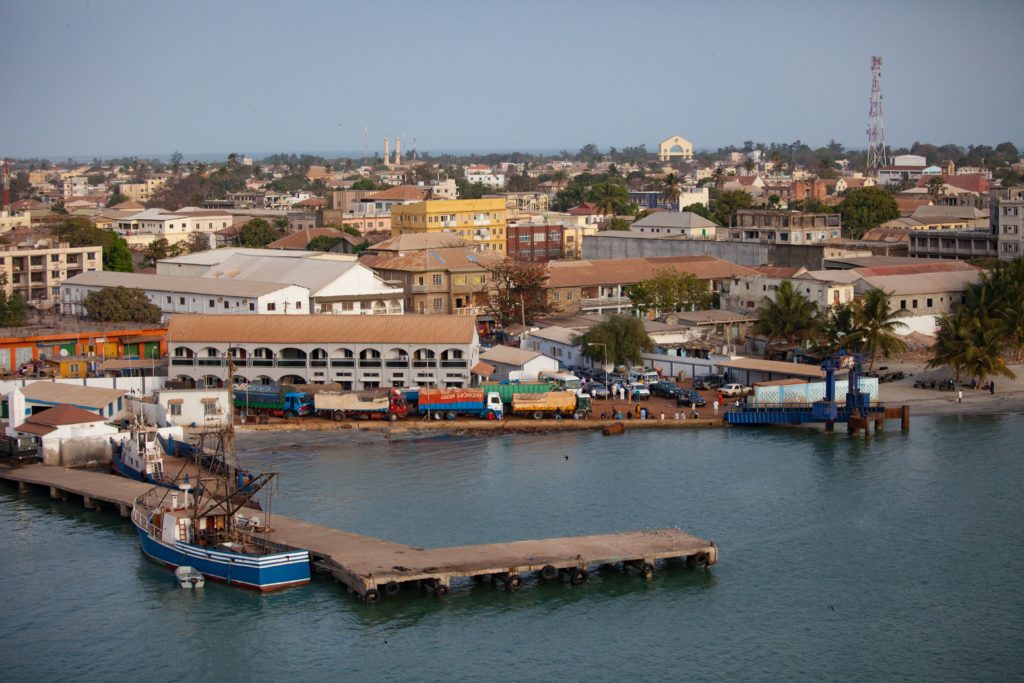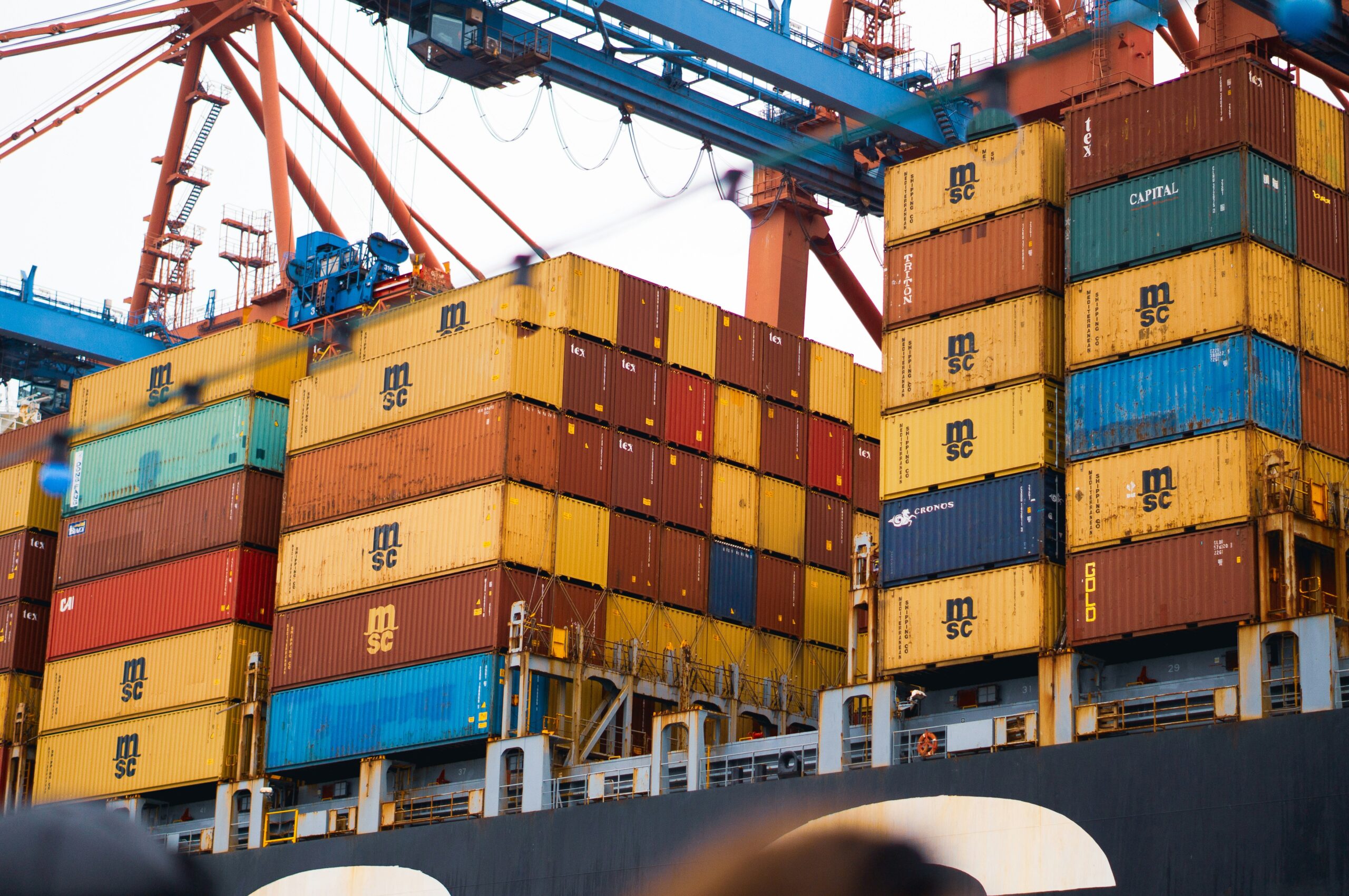Export duties are general or particular taxes on goods or services that become due when they are sent outside of an economic region or when they are rendered to non-residents. They are excluded from taxes resulting from multiple exchange rates and the earnings from export monopolies. Smuggling makes up a large portion of the unrecorded interregional trade in Africa. Even though Senegal almost completely encloses the Gambia, official trade data indicate that there is little to no trade between the two nations, leaving large-scale smuggling unaccounted for. Large cross-border price differences for commodities are a result of smuggling, which reflects pre-colonial conventional trading links, the artificial nature of boundaries constructed during the colonial era, and the inequalities in trade policies between the two countries after independence.

Background
The Gambia is a tiny nation with a long history of trade and an open economy. Over the past ten years, it has grown by an average of 3% every year. The Gambia’s 2018 Gross Domestic Product (GDP) is predicted by the World Bank to be 1.63 billion US dollars. For food, The Gambia imports 50% of what it needs. The economy’s fastest-growing industry, tourism, makes up around 16% of the total gross domestic product. Chicken, sauces, condiments, and seasonings are among The Gambia’s most popular agricultural imports, and if American producers are interested in the Gambian market, there may be room for export expansion.
The Gambia, a nation of 2.28 million people and a significant re-export hub in Africa have a moderately open economy.
South Africa. The Gambia’s Gross Domestic Product (GDP) was projected by the World Bank to have reached $1.63 billion in 2018, a record-high rise of 8.9% over the previous year. The services sector, which includes tourism, accounts for 65.4% of GDP (16 percent). The Gambia’s fastest-growing industry, tourism, has a strong potential for exporting high-value goods.
Since the inauguration of the new president in 2017, Gambians have come home and are eager to increase their investments in regional companies. Furthermore, the demand for high-quality imported goods is rising as Gambian consumers spend more money, visit more hotels and restaurants, and alter their eating preferences.
The Gambia’s top exports
The Gambia’s third-largest supplier of agricultural and allied goods in 2019 was the United States following China and the EU. Top American exports to the Gambia include sauces and condiments, edible offal, and pieces of chicken (57 percent) (37 percent).
Exporting products
Most of the time, exports from The Gambia are tax-free. This is so that the government may promote exports to other nations. The majority of Gambia’s exports currently consist of groundnuts, vegetables, cattle, and fish goods.
The essential export customs clearance documents required by the exporting country’s load port customs are prepared once the products are packed for export. invoice total Before moving the export cargo to the country’s customs port, the packing list, and other necessary export documentation are organized for the exporting country’s customs.
The export documentation is electronically submitted to the exporting nation’s customs. The cargo is transported from the exporters’ location to the customs office, which also houses international carriers. The controlling cargo custodian unloads the export cargo at the exporting country’s customs bonded area. The custodian in the exporting nation is in charge of handling export cargo at the export port site. The appropriate permission is granted by customs officials to transfer export cargo once the export process has been completed by the exporting country’s customs. Where necessary, export inspection processes are carried out by the customs officials of the exporting country.



